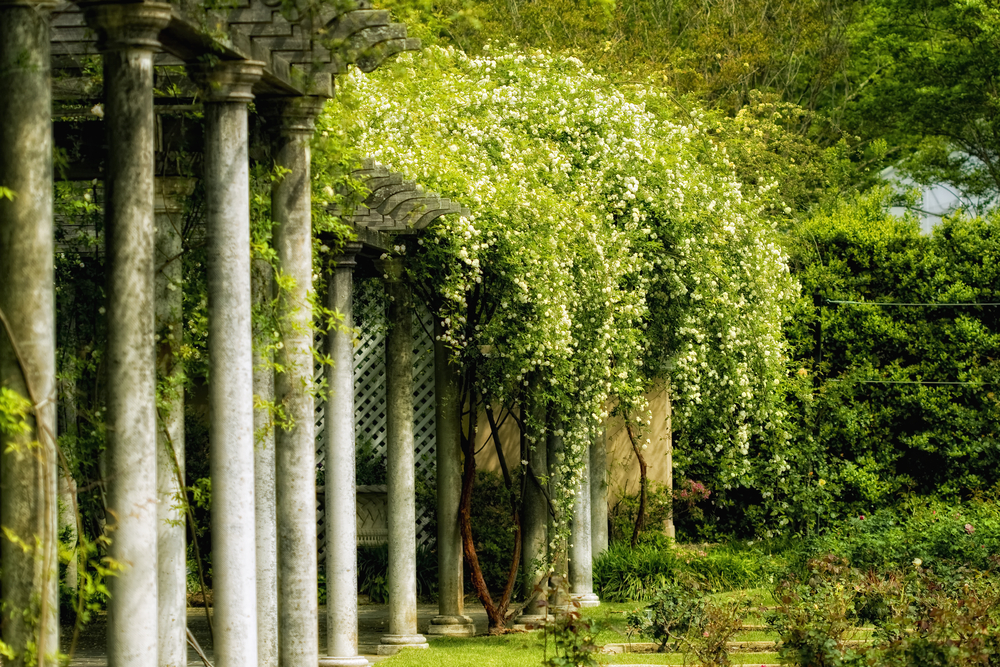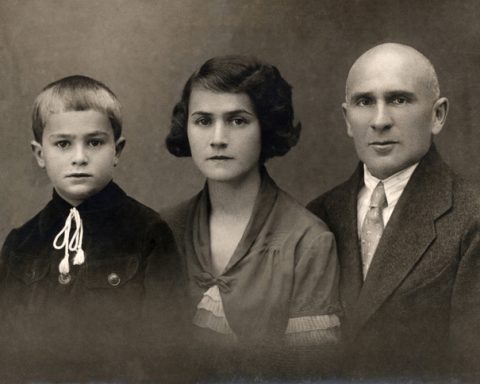
If you know about the seven wonders of the world then you’ve most likely heard about The Hanging Gardens of Babylon. The hanging gardens of Babylon were one of the seven wonders of the ancient world. However, in recent times, it’s come under debate the truth of their existence.
So many have argued that the hanging gardens stemmed from myths and others have speculated about its location. They believe that while it most likely existed, it was not in Babylon.
In this article, we highlight some of the claims on the hanging gardens of Babylon to enable you to make your decision on its authenticity.
The hanging gardens of Babylon were said to have been built in Babylon, which is present-day Iraq. It was said to be a huge green space covered by trees, flowers, vines and greenery.
It is believed that King Nebuchadnezzar II built the gardens as a gift to his wife, Amytis of Media, around 600 BCE because she was homesick.
The gardens were planted on the palace roof and watered by canals and pumps. As a result of how they were built on terraces, they appeared suspended in mid-air, giving them the name, Hanging Gardens.
A major argument on the location of the garden is that there is no evidence of them recorded in any ancient Babylonian texts. If truly the King built something so magnificent, it should have been documented in some of the ancient texts that survived.
Some researchers believe that while these hanging gardens existed, they were in Nineveh. They claim the gardens were built by King Sennacherib of Assyria around 700 BCE. The evidence of an ancient irrigation system in the city that the king could have used to water the gardens supports this claim.
Also, excavations around Nineveh, the present-day city of Mosul, have uncovered a complex aqueduct system that delivered water from the mountains.
While Nebuchadnezzar II undeniably built grand structures, there is nothing to serve as proof of the hanging gardens of Babylon.
It’s possible that the author of The History of Herodotus might have misplaced both locations as they were both Mesopotamian empires. Another argument is that when the Assyrians conquered Babylon in 689 BCE, Nineveh was renamed “New Babylon” and became the new capital of the Assyrian empire.
READ ALSO: What Happened During The Period Of Disunion In China?







